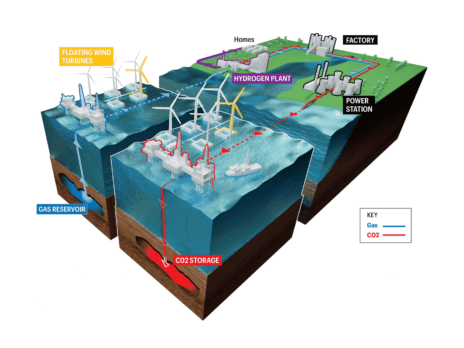
Since the 1990s governments across the world have been gradually reshaping their borders to meet the needs of the businesses and citizens using them, rather than the public agencies that control them. We see this most clearly in the emergence of Single Trade Windows – digital systems that allow traders to submit all of their customs data to government in a single entry, instead of communicating with agencies individually.
The spread of Single Trade Windows from Asia to the US and now Europe has become a key part of states’ appeal to business in an increasingly competitive global trade environment. According to one study, Single Trade Windows increase trade by more than a third. To be without one is to impose administrative burdens on businesses that they can avoid elsewhere.
Leidos has commissioned the New Statesman to conduct a research study to understand in greater detail, industry’s attitude to this potentially transformative step in UK trade. The research conducted includes a survey of over 140 trade organisations and a range of experts on UK trade and global STW practices. This paper draws on the results of the survey and subsequent interviews with respondents.
[Read our exclusive research: What could Single Trade Windows mean for the growth of UK PLC?]
We would like to thank the following experts for their valuable contribution:
- David Henig, Director, UK Trade Policy Project
- Sabine Henzler, Director for International and General Affairs, Taxation and Customs Union, European Commission
- Dr Anna Jerzewska, Director, Trade and Borders consultancy
- Zahouani Saadaoui, Systems and Digitalisation manager, Taxation and Customs Union, European Commission
- Liam Smyth, Director of Trade Facilitation, British Chambers of Commerce
As the UK moves beyond Brexit it has signalled its intent to build its own Single Trade Window. It will seek to emulate states such as Singapore, whose world leading STW allows businesses to meet private as well as public sector reporting requirements. The greatest benefit, UK respondents to the survey have said, would be a reduction in bureaucracy after Brexit.
Creating a UK STW will involve:
- Unprecedented collaboration between the web of government agencies that share responsibility for the border and, crucially, interoperability of their IT systems;
- Coordinating an additional patchwork of private sector providers who own ports, airports and deliver key services at the border;
- Deciding whether to tackle the current structure of UK trade, where most businesses pay intermediaries to navigate complex customs rules on their behalf.
We are at the beginning of a transformation so complex, it has the potential to span decades. Overcoming institutional challenges to enable successful implementation of a UK STW will require substantial political resolve, however, the payoff for success in ease of trade and national prosperity will be correspondingly large.

Analysis of existing STWs suggest four key principles the Cabinet Office should follow:
- Follow global best practice including the data model recommended by the World Trade Organization, to make the UK STW interoperable with others around the world
- Consult and make key decisions with industry, including small and medium sized enterprises (SMEs) and the trade facilitators which currently submit customs data on behalf of businesses
- Show political will, because the road to an STW can be long – more than 20 years from framework to first implementation in the case of the US
- Be realistic, given how long it takes to build effective STWs, the first iteration may not include a universal offering



